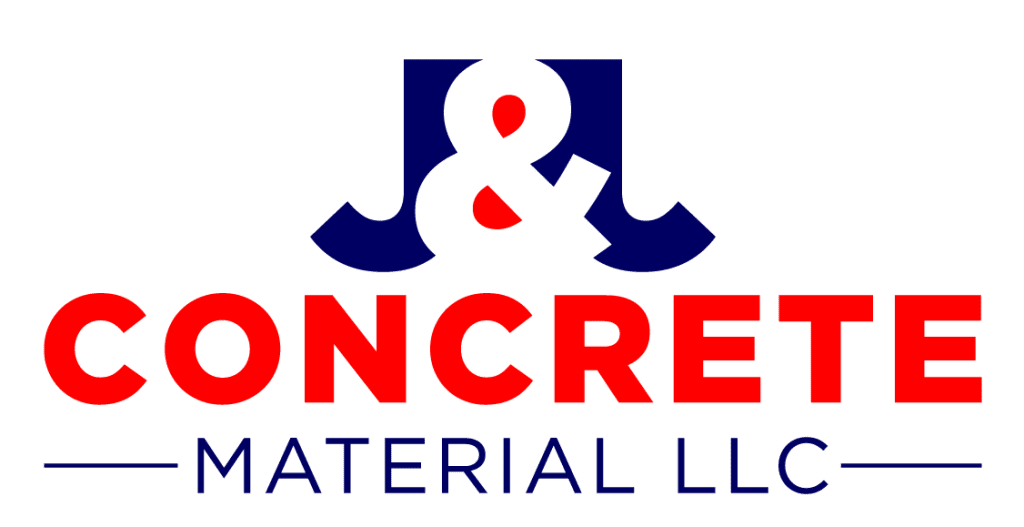Ready-mix concrete (RMC) is a fundamental material in modern construction, prized for its uniform quality and convenience. However, the success of any construction project depends heavily on the quality of the concrete used. Quality control (QC) in ready-mix concrete is therefore essential to ensure structural integrity, durability, and compliance with project specifications.
Importance of Quality Control
Concrete serves as the backbone of infrastructure, whether for buildings, bridges, or roads. Its performance directly impacts the safety, longevity, and maintenance costs of structures. Poor-quality concrete can lead to cracks, structural failures, or premature deterioration, causing significant financial and safety risks. Effective QC processes minimize these risks by maintaining consistency, reducing variability, and ensuring that the concrete meets or exceeds the required standards.
Key Aspects of Quality Control in RMC
- Raw Material Selection Quality control begins with the selection of raw materials—cement, aggregates, water, and admixtures. Each component must meet specific standards and be sourced from reliable suppliers. Aggregates, for example, should be clean, well-graded, and free from contaminants that could compromise the concrete’s properties.
- Mix Design The concrete mix design is a critical factor in achieving the desired strength, workability, and durability. Engineers carefully calculate the proportions of each component to optimize the mix for its intended application. Proper mix design ensures that the concrete can withstand expected loads and environmental conditions.
- Production Process During production, modern batching plants use automated systems to measure and mix the ingredients with precision. This reduces the risk of human error and ensures consistency. Temperature control during mixing is also crucial, as it affects the hydration process and the concrete’s ultimate strength.
- Testing and Monitoring Regular testing is a cornerstone of quality control in RMC. Key tests include:
- Slump Test: Measures workability to ensure the concrete is easy to place and compact.
- Compressive Strength Test: Determines the concrete’s ability to bear loads without failure.
- Air Content Test: Ensures the proper amount of air is entrained to enhance freeze-thaw resistance. Tests are conducted at various stages, from raw material inspection to the final hardened state, providing comprehensive insights into quality.
- Transportation and Delivery The transportation of ready-mix concrete poses unique challenges. Delays or improper handling can lead to segregation or loss of workability. Adhering to strict delivery timelines and using appropriate transit mixers are vital for maintaining quality.
- On-Site Handling Even the best-quality RMC can be compromised by improper handling on-site. Contractors must ensure proper compaction, curing, and finishing techniques to achieve the desired structural performance.
Benefits of Effective Quality Control
Implementing stringent QC measures results in concrete that meets design specifications and performs reliably over its lifespan. This not only enhances structural safety but also reduces repair and maintenance costs, contributing to overall project efficiency and sustainability.
Conclusion
Quality control in ready-mix concrete is a multi-faceted process involving careful material selection, precise production, rigorous testing, and proper handling. By adhering to these principles, construction professionals can ensure the structural integrity and durability of their projects. As infrastructure demands grow, the importance of quality control in RMC will only continue to rise, reinforcing its role as a cornerstone of modern construction.
